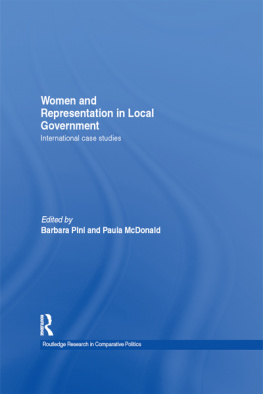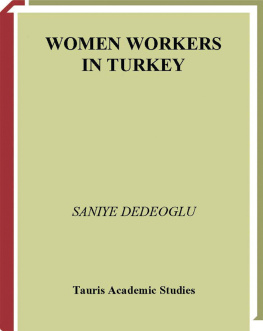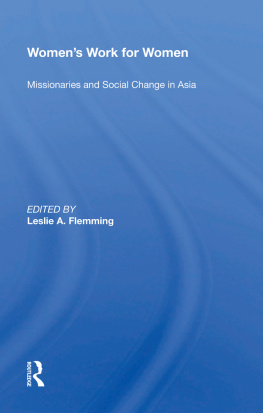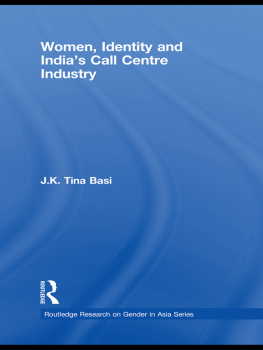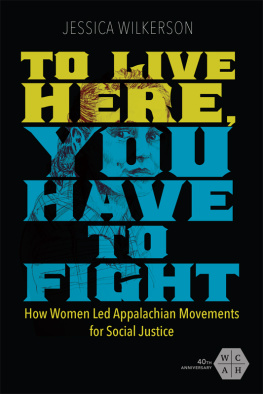RENEGOTIATING
LOCAL VALUES
NORDIC INSTITUTE OF ASIAN STUDIES
Studies in Asian Topics
1. T HE M ETHOD OF H OLDING THE T HREE O NES
Poul Andersen
3. I NDIA -C HINA C OMPARATIVE R ESEARCH
Erik Baark and Jon Sigurdson (Editors)
4. T HE K AMMU Y EAR
Kristina Lindell et al.
8. L EADERSHIP ON THE C HINA C OAST
Gran Aijmer (Editor)
9. C HINA IN THE 1980S A ND B EYOND
Birte Arendrup et al. (Editors)
12. I SLAM: S TATE AND S OCIETY
Klaus Ferdinand and Mehdi Mozaffari (Editors)
13. A SIAN T RADE R OUTES
Karl Reinhold Hllquist (Editor)
14. H UNTING AND F ISHING IN A K AMMU V ILLAGE
Damrong Tayanin and Kristina Lindell
15. R ENEGOTIATING L OCAL V ALUES
Merete Lie and Ragnhild Lund
16. L EADERSHIP ON J AVA
Hans Antlv and Sven Cederroth (Editors)
17. V IETNAM IN A C HANGING W ORLD
Irene Nrlund, Vu Cao Dam and Carolyn Gates (Editors)
18. A SIAN P ERCEPTIONS OF N ATURE
Ole Bruun and Arne Kalland (Editors)
Nordic Institute of Asian Studies
Studies in Asian Topics, No. 15
First published in 1994 by
Curzon Press Ltd.
St Johns Studios
Church Road
Richmond
Surrey TW9 2QA
ISBN 0 7007 0280 6
ISBN 978-1-1367-7692-2 (ePub)
Merete Lie and Ragnhild Lund 1994
Reprinted 1996
Transferred to Digital Printing 2005
British Library Cataloguing-in-Publication Data
A CIP record for this book is available from the British Library
Printed and bound by Antony Rowe Ltd, Eastbourne
This is the final report from the research project Women in Norwegian Industry in Malaysia: Integration or Marginalization?, which was part of the Women and Development Research Programme coordinated by the Norwegian Research Council for Applied Social Sciences. The project was realized in cooperation with the Asian and Pacific Development Centre, APDC, Womens Programme, coordinated by Noeleen Heyzer.
The Women and Development programme was a striking effort to launch research activities in a hitherto marginal field of research, as its overall aim was to promote and strengthen national expertise on women and development issues, and to make this expertise available to development agencies. A few Norwegian researchers thus had the opportunity to broaden their experience in this field, and some have cooperated in these efforts. To us, financing through this programme proved a challenge to work on an interdisciplinary basis, and it gave us an opportunity to give priority to our favourite research activities.
Furthermore, our research concerns our roles as women, lecturers and researchers. The research on women in industry was launched at the same time as we gave birth to children. As a consequence of this, the work and progress of research have constantly been interrupted by our teaching obligations as well as our own daily chores and child care. At certain times, it has been difficult to separate the woman-related perspectives from the professional-related ones. Consequently, both private and professional roles and expectations have come to influence the theoretical, methodological and analytical scope of this study.
Being women, mothers and having full-time jobs, there are many points of identification with the women we studied. One may say that their situation is totally different from our life experiences, in terms of standard of living, values and traditions. None the less, it is our experience that women share many events of life, such as marriage, childbirth and chores. Altogether, such matters provide a basis for the discussion of contrasts and similarities in womens lives and livelihoods.
Our framework when setting out to undertake this study was an effort to carry out research which could cover several aspects of gender and processes of cultural and social change. We also wanted to integrate research at different societal levels. While development studies could often be characterized as economistic and macro-oriented, gender-related studies would often be characterized as socio-cultural and individualistic. We saw a need for research which could bridge some of these differences. Hence, the project concerns several levels, the supranational, national, local and individual. During the different phases of research, interviews have been our primary data source. However, the actual interview approach has differed in the different phases, as has the form of interviewing (personal or group interviews, structured or unstructured).
We believe that this multifacetted approach has been valuable. However, carrying out multi-disciplinary research implies that one has to be willing to compromise, even to the extent that the approach bears limited significance to discipline-related debates. You must be willing to work at the outer fringe of your discipline. This means that the end product can never be classified as a core product of your field; it becomes a different kind of product.
This volume is structured according to a chosen model of analysis. ). These traits of Malaysias development policies are later pursued at the local level, and with regard to our case.
In is an introduction to the Federal Land Development Agency (FELDA) settlement where the industrial workers live, placed within the wider context of rural development policies.
Further insights into the role of industrialization, gender and processes of change are provided in . They are discussed in the context of broader gender-related social changes.
A travel grant from NIAS in 1989 gave us the opportunity to return to Malaysia and disseminate the results to our informants and to researchers and policy-makers. This visit gave us valuable feedback as well as providing follow-up data for our case study.
The cooperation of Noeleen Heyzer, coordinator for the Womens Programme of the APDC, has been invaluable. She and her staff have assisted us during the process of project planning, data collection, and the reporting of our study. To add further to the cultural aspects of industrialization processes, the APDC conducted a part study on the role of Islam in young women workers lives (Heyzer, Anwar and Zain 1989).
Finally, we would use this opportunity to express our appreciation for the warmth with which we have been greeted in Malaysia, by researchers as well as company staff, the workers and their families. Many people have welcomed us and our families, and given us generously of their time. We would especially like to thank the local company staff who took the trouble to arrange everything for our research within their busy work schedules, while at the same time making us feel like welcome guests.
We would also like to thank our field assistants Karina Zain and Siti bte. Karim for their valuable work as language interpreters and cultural interpreters , and for their ability to introduce us to village people and make everybody feel at ease.


